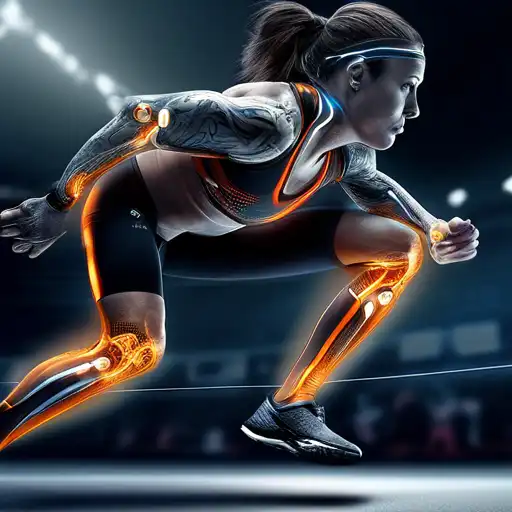Introduction to Wearable Technology in Sports
In the realm of competitive sports and personal fitness, wearable technology has emerged as a game-changer. These innovative devices are designed to monitor, analyze, and enhance athletic performance, offering insights that were once beyond reach. From tracking heart rate to measuring sleep quality, wearable tech provides athletes with the data needed to push their limits.
The Science Behind Wearable Tech
At the core of wearable technology is the integration of sensors and software that collect data on various physiological metrics. This data is then analyzed to provide actionable feedback, enabling athletes to optimize their training and recovery processes. The precision and real-time feedback offered by these devices have revolutionized how athletes train, compete, and recover.
Key Benefits of Wearable Tech for Athletes
Wearable technology offers numerous advantages for athletes, including:
- Enhanced Performance Tracking: Devices like smartwatches and fitness bands monitor vital statistics such as heart rate, calories burned, and distance covered, allowing for precise performance analysis.
- Injury Prevention: By monitoring stress levels and recovery times, wearable tech can help athletes avoid overtraining and reduce the risk of injury.
- Customized Training Programs: Data collected from wearable devices can be used to tailor training programs to the individual's specific needs and goals.
- Improved Recovery: Sleep and activity trackers provide insights into recovery processes, ensuring athletes are well-rested and ready for their next challenge.
Popular Wearable Devices for Athletes
The market is flooded with a variety of wearable devices tailored to athletes. Some of the most popular include:
- Smartwatches: Devices like the Apple Watch and Garmin Forerunner series offer comprehensive tracking features for a wide range of sports.
- Fitness Bands: Simpler than smartwatches, bands like the Fitbit Charge provide essential fitness tracking at a more affordable price point.
- Specialized Sports Devices: For those engaged in specific sports, devices like the Whoop Strap focus on recovery and strain to optimize performance.
Future Trends in Wearable Athletic Technology
The future of wearable tech in sports looks promising, with advancements aimed at even more personalized and precise data collection. Innovations such as smart fabrics and AI-driven analytics are set to take athletic performance to new heights. As technology evolves, so too will the ways in which athletes train and compete.
Conclusion
Wearable technology has undeniably transformed the athletic landscape, offering tools that enhance performance, prevent injuries, and optimize recovery. As these devices continue to evolve, they will play an increasingly vital role in helping athletes achieve their peak potential. Embracing this technology is not just about keeping up with the competition; it's about setting new standards for what's possible in sports and fitness.
